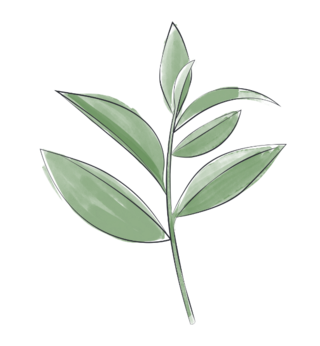
(Thea sinensis)
(Chinese tea)Even without pruning, these plants remain shrub-like and grow to no more than three to five metres high. They are especially suitable for growing in temperate zones and can even tolerate frost. The Chinese tea tree has been cultivated for thousands of years, leading to a vast range of around 5,000 different varieties, some of which are cultivated in very small quantities. The first tea estate in India was established in the Darjeeling region in the 19th century using the Chinese tea plant.

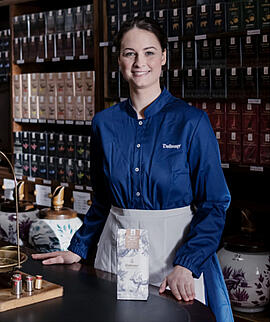








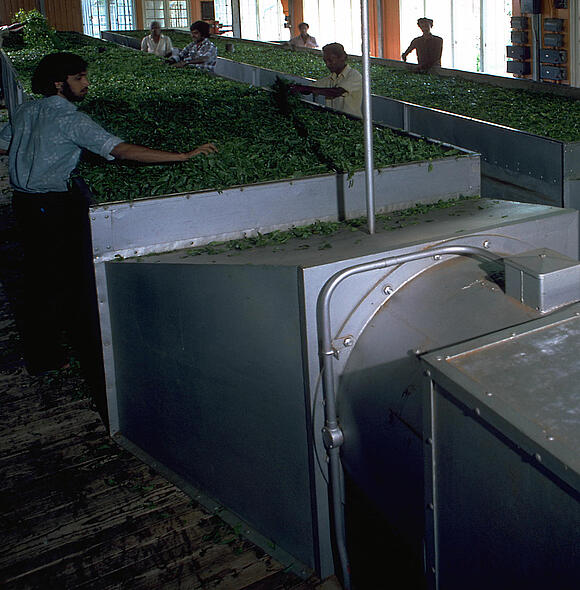



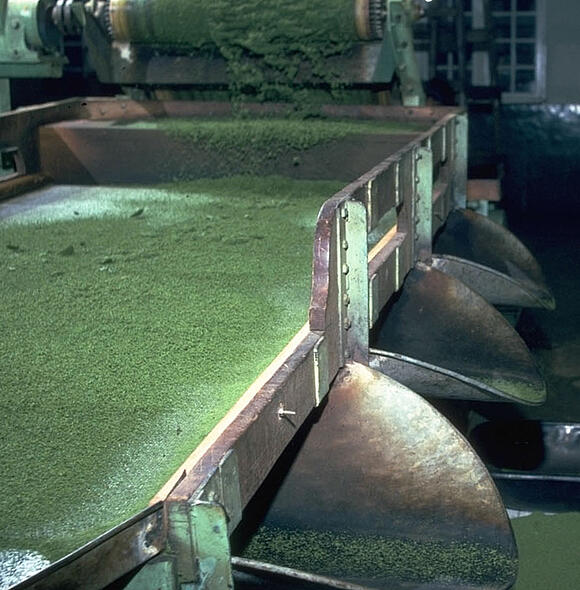



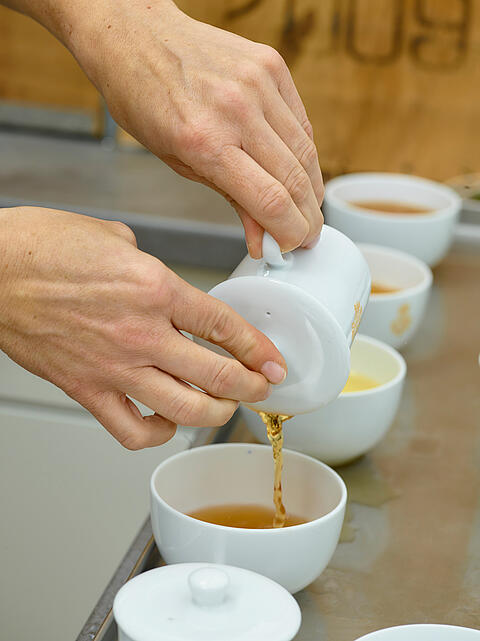

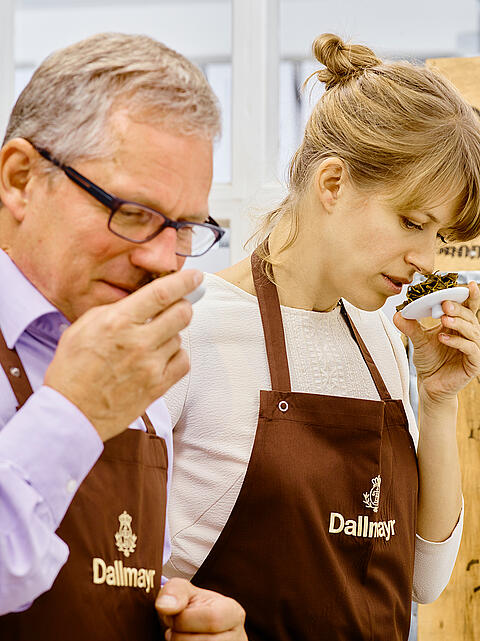


 Store in tight, sealed containers, such as tea tins
Store in tight, sealed containers, such as tea tins  Light
Light 

